Fashion designers are using this new technology to turn their wildest ideas into reality. Let’s take a closer look at what’s currently on offer.
What Is 3D Printed Fashion?
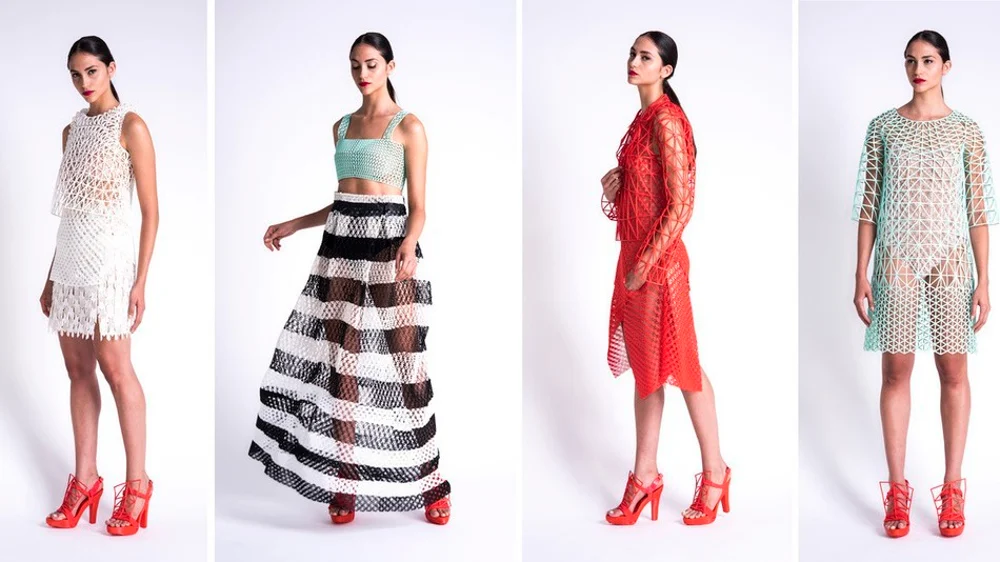
3D printed fashion includes everything that’s wearable and 3D printed, from dresses and shoes to accessories.
Although we won’t be seeing 3D printed fashion in our local clothing stores just yet, 3D printing has brought a fresh wave of innovation to runway shows and has great potential as a new mass-customization solution.
Today’s 3D printing technologies are advanced enough to easily produce shoe soles and jewelry, but it’s still a relatively challenging process to 3D print a dress or a jacket.
Garments present one of the biggest challenges for designers to overcome, given that they need to be very flexible. For the most part, 3D printing is used for producing non-flexible parts. That’s why 3D printing fashion is a very expensive process still reserved for runway shows.
Today, most 3D printed garments are typically built using mesh systems, which are individually 3D printed and later assembled.
Despite all of the challenges that come with 3D printed fashion, designers alongside engineers have managed to overcome many in order to produce some of their wildest designs. We’ll take a look at a few in this article.
Apparel
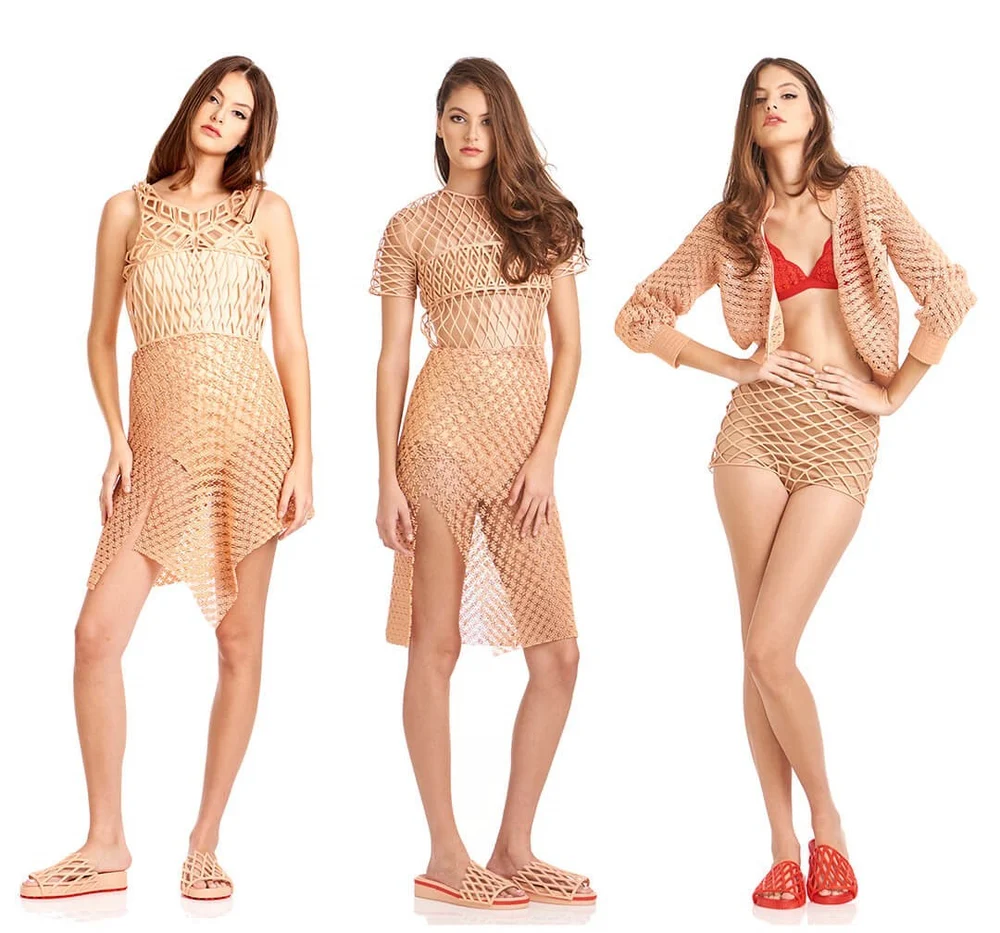
Garment — the most challenging sector of 3D printed fashion.
Because it’s soft and “moves around”, it has always been a challenge for designers to 3D print flexible clothing. 3D printing is mostly used for the production of rigid, non-flexible parts.
That’s where clever mesh designs and other innovations come in.
Although 3D printed apparel is still mostly reserved for runway shows, there are some promising projects. Thanks to them, 3D printed apparel is getting closer and closer to local retail stores. The following are some of the most impressive projects to date.
Apparel Example #1: Danit Peleg — 3D Printing Clothes at Home
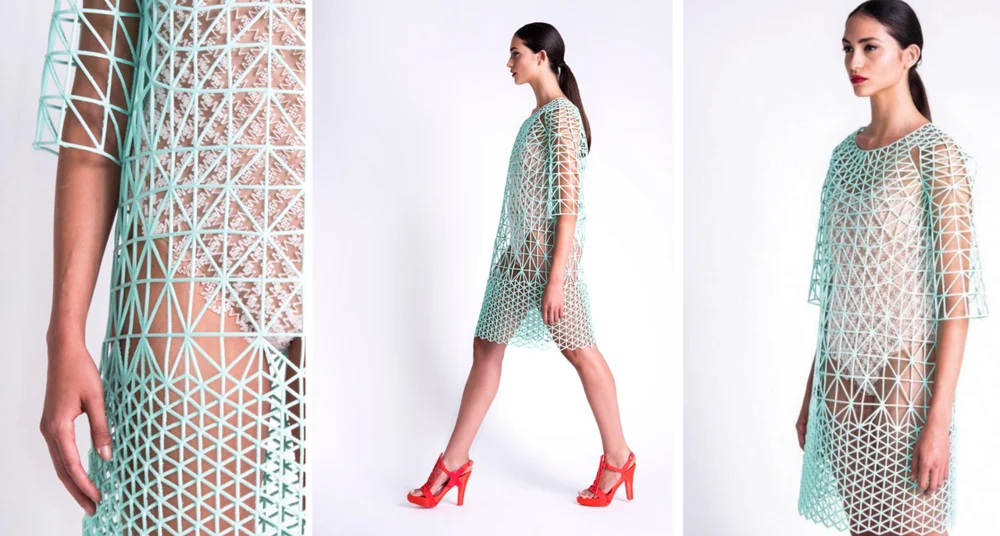
Back in 2015, Danit Peleg introduced her first ever fashion collection, Liberty Leading The People, which was also her graduation project at the Shankar College of Design.
What’s so special about Peleg’s 3D printed clothing is that she made it all at home, on a 3D printer that fits on most desks. Apart from that, the fact that she had no previous experience in 3D printing makes this project even more impressive.
Most fashion items from the Liberty Leading The People collection were assembled from multiple 3D printed parts. Using the mesh design on the dress, the designer achieved the desired flexibility and drew quite a bit of attention on the runway.
Since the introduction of her first 3D printed clothes collection, Peleg created another impressive collection, The Birth Of Venus.
Peleg’s ultimate goal is to make 3D printed fashion more accessible. In other words, she wants to take it off the runway. To achieve that, she introduced the first 3D printed garment available for purchase. It’s a jacket and sells on her website for $1500.
The 3D printed jacket is limited to only 100 pieces due to the 3D printer’s capacity and work speed, but it’s a perfect example of how 3D printing could become a mass customization solution.
Apparel Example #2: threeASFOUR — 3D Printed Dress
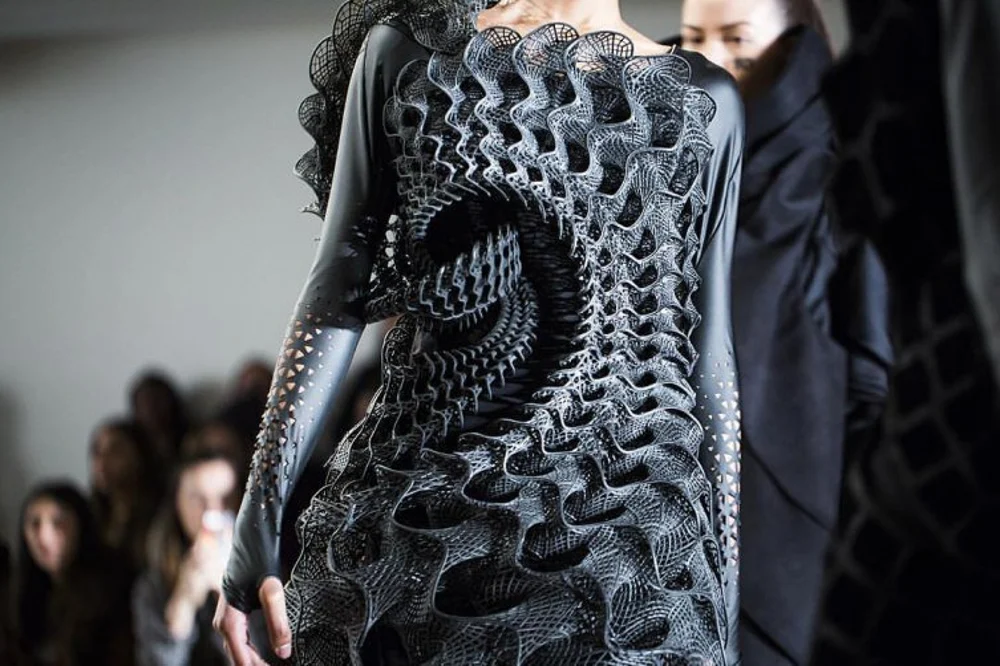
The Pangolin 3D printed dress uses a nano-enhanced elastomer 3D printing material, which gives it both flexibility and durability. It was created in collaboration between threeASFOUR, Stratasys, and architect Travis Fitch.
The dress was printed on 10 printers and took 500 hours to complete. After printing, all the “chain-like” parts were connected together to form the dress. The creators claim that each unit of the dress functions by itself in order to produce a 3D effect while moving.
Apparel Example #3: Ministry of Supply — Jacket Without Seams
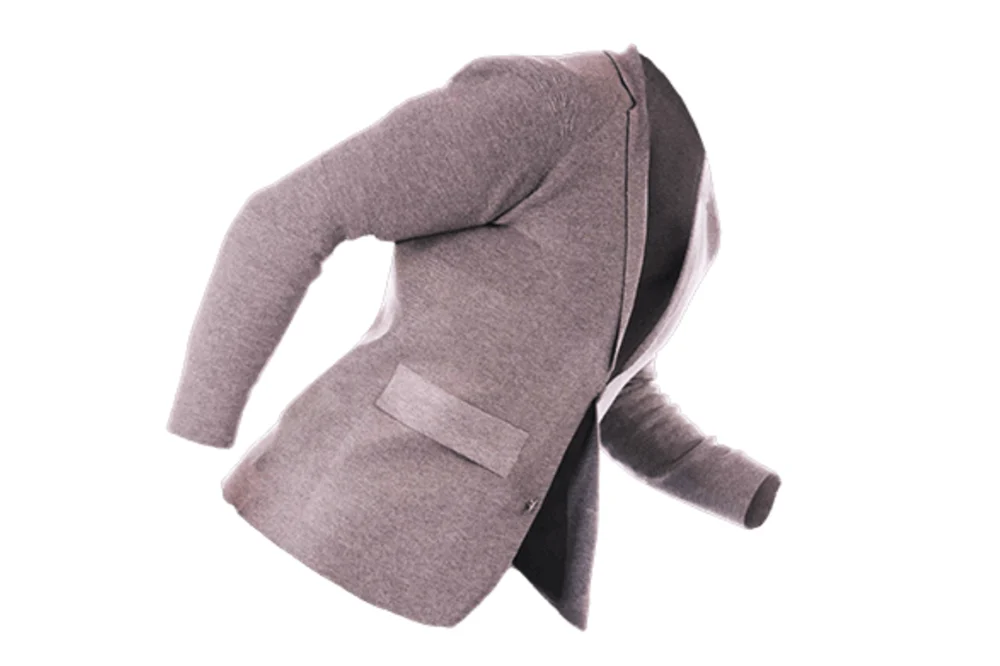
In 2016, Ministry of Supply introduced a 3D printed jacket, which at a price of $250, sold out incredibly fast.
Because the jacket is 3D printed, there are no seams, which makes it a very comfortable garment. And despite the lack of seams, the garment still features articulated joints for the purpose of following your body’s contours.
The jacket was made on a 3D robotic knitting machine, a process which saves material over traditional knitting. It’s thought that 15–30% of the material gets wasted with conventional methods.
Thanks to 3D modeling, the jacket can be perfectly suited to each individual. Pair that with no seams, and you’ve got a winning combo!
Jewelry & Accessories
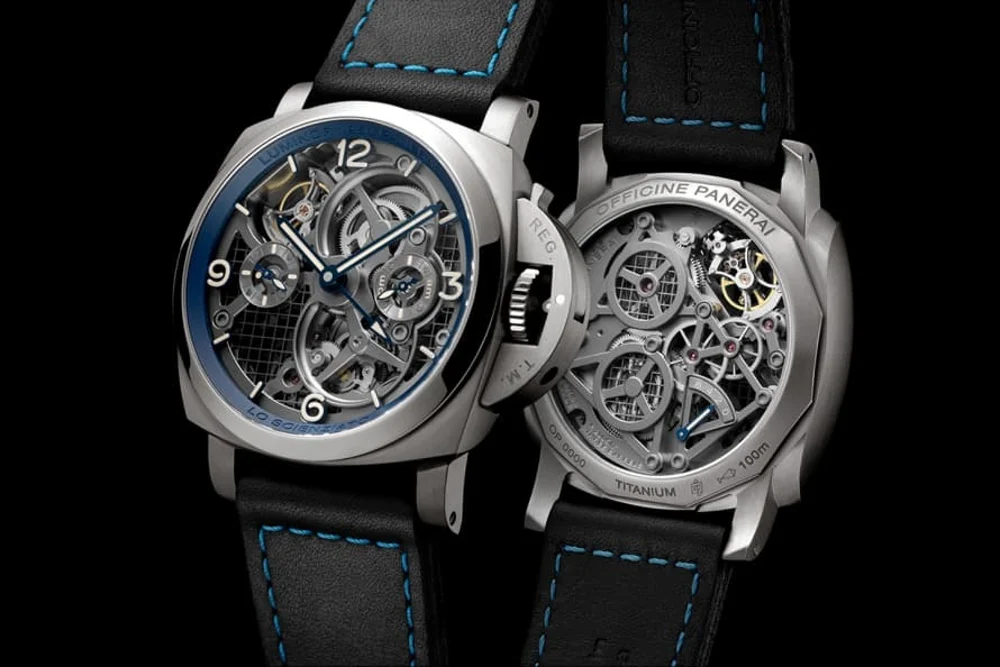
The jewelry and accessory industries continue to be revolutionized by 3D printing. The technology has been utilized in the production of various items, from handbags and watches to rings.
Mass customization is in general a rising trend in the world of jewelry and accessories. If you’ve ever wanted to design your own handbag or sunglasses, the time to do so is now.
When it comes to jewelry, 3D printing makes it easy to construct molds for rings, bracelets, and pendants.
Let’s take a look at some of the most interesting 3D printed projects.
Jewelry Example: Nervous System — Nature-Inspired Bracelet
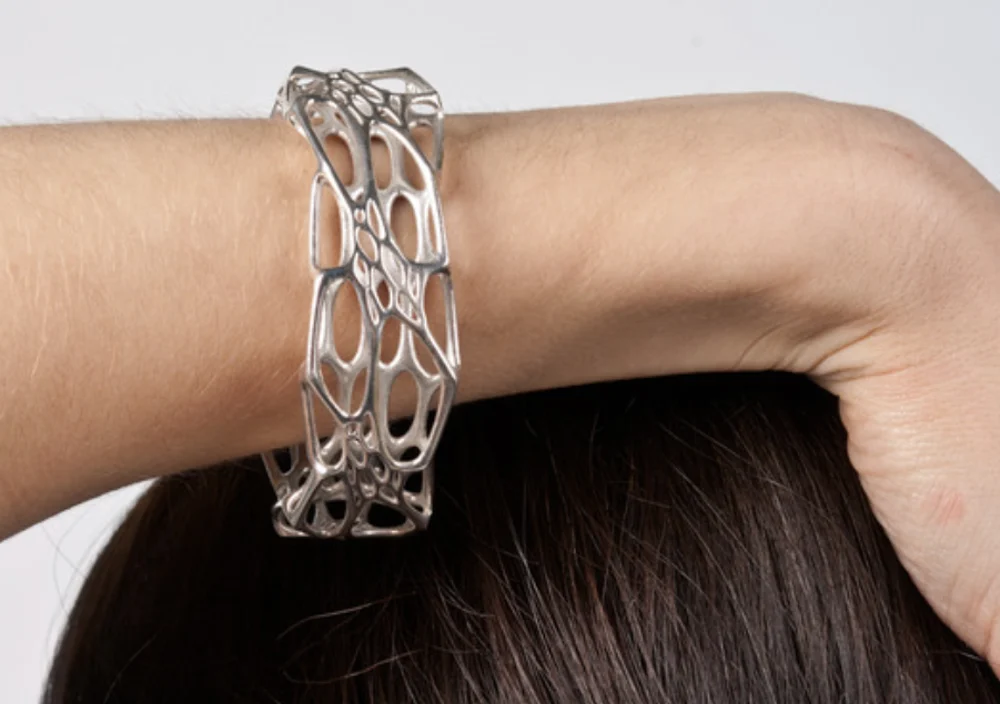
Every day, more and more jewelers are using 3D printing in the production of rings, bracelets, necklaces, and similar products.
What you see above is a sterling silver bracelet mimicking patterns found in nature. The producer, Nervous System, first 3D printed the model in wax and then cast it in sterling silver.
Accessory Example #1: Panerai — High-End Timepiece
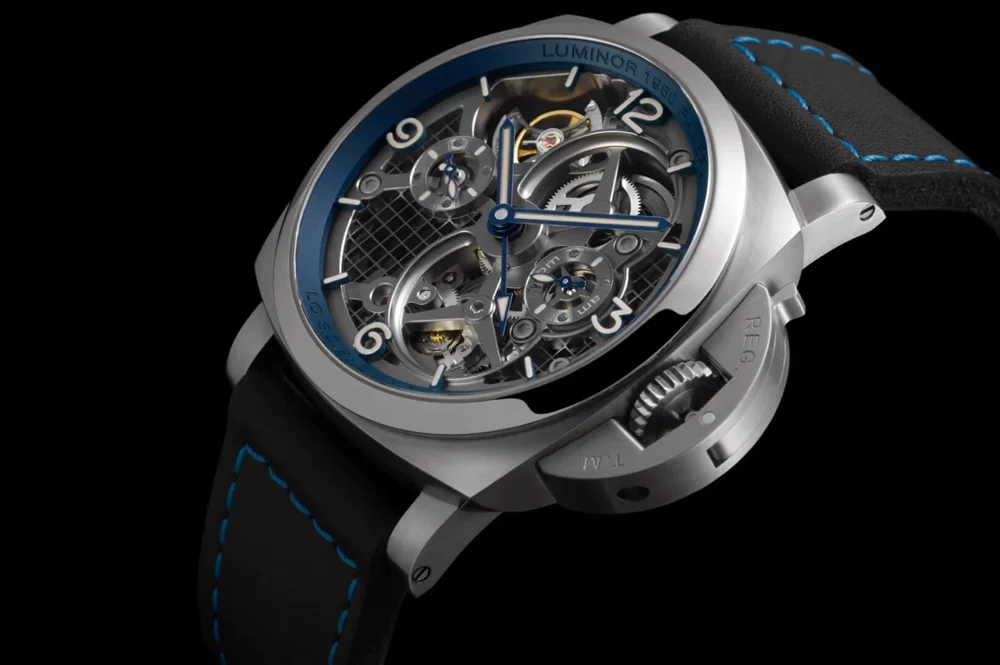
Metal 3D printing is a perfect technology for watchmakers, both for prototyping and production of end-use pieces.
The Lo Scienziato timepiece from Panerai features a fully 3D printed titanium housing made through direct metal laser sintering (DMLS).
If you’d like to see a Panerai on your wrist, you’ll need to spend a whopping $170,000. This is a good example of just how exclusive and rare 3D printed fashion accessories can be.
Accessory Example #2: XYZ Bag — Customizable Handbags
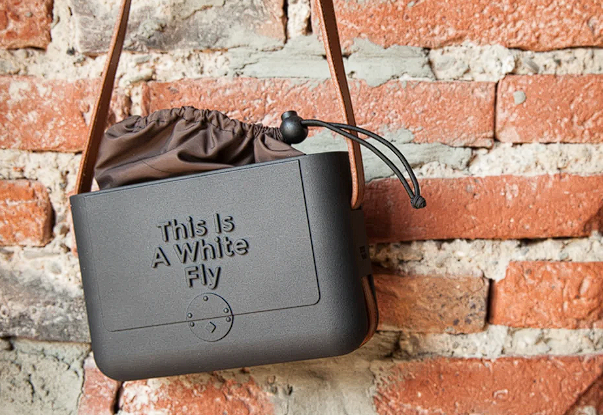
XYZ Bag is an Italian brand behind the Dada collection of customizable 3D printed handbags. Each bag consists of a leather strap attached to a 3D printed shell with a fabric lining.
Thanks to 3D printing, the purses can be completely personalized with different texts and colors. When you click on one of the bags on their website, a configurator loads up so that you can customize the bag before proceeding to checkout.
The bags are priced between 290 and 330 euros, which is rather expensive but also reasonable for a 3D printed product.
Although there’s no exact information on which technology was used for printing the Dada purses, the website reveals that production starts with a bed of nylon. Based on that info, we’re guessing the technology is SLS.
Footwear
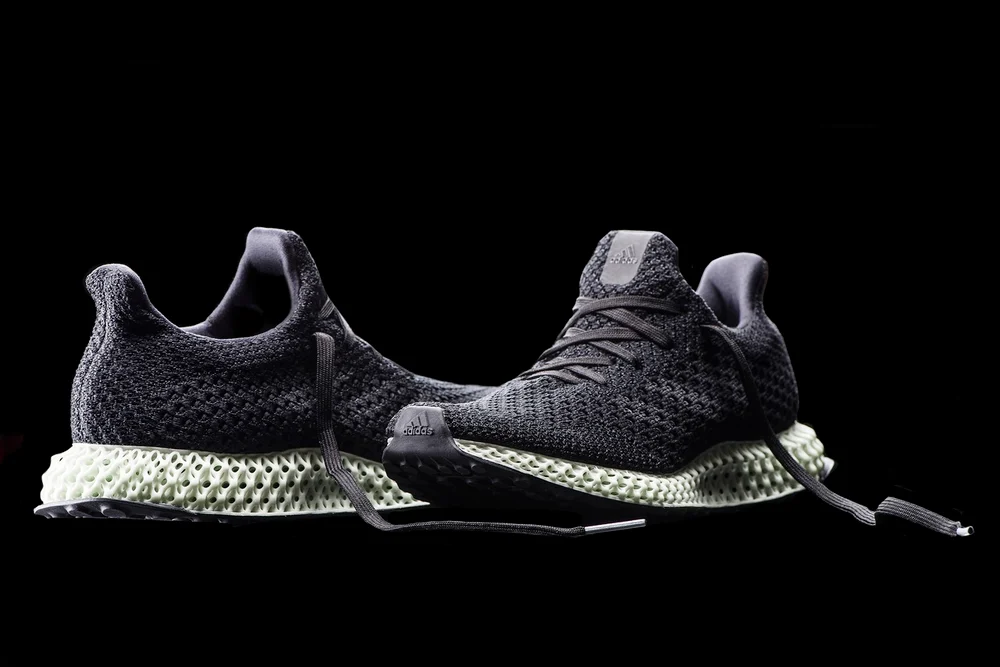
Big players in the footwear industry have been developing solutions for mass customization for years. 3D printing not only enables these companies to prototype much faster, it’s also a great solution for mass customization.
Companies diving into the arena include Adidas and New Balance, who are starting to 3D print midsoles. Nike, in the meantime, is experimenting with 3D printed “uppers”.
The future for 3D printed footwear looks exciting. Whether athlete or fashionista, anyone could soon have perfectly-fitted shoes thanks to 3D printing.
Here are two examples of 3D printed footwear to give you a taste of what’s on the horizon.
Footwear Example #1: Adidas — The Future of Midsoles
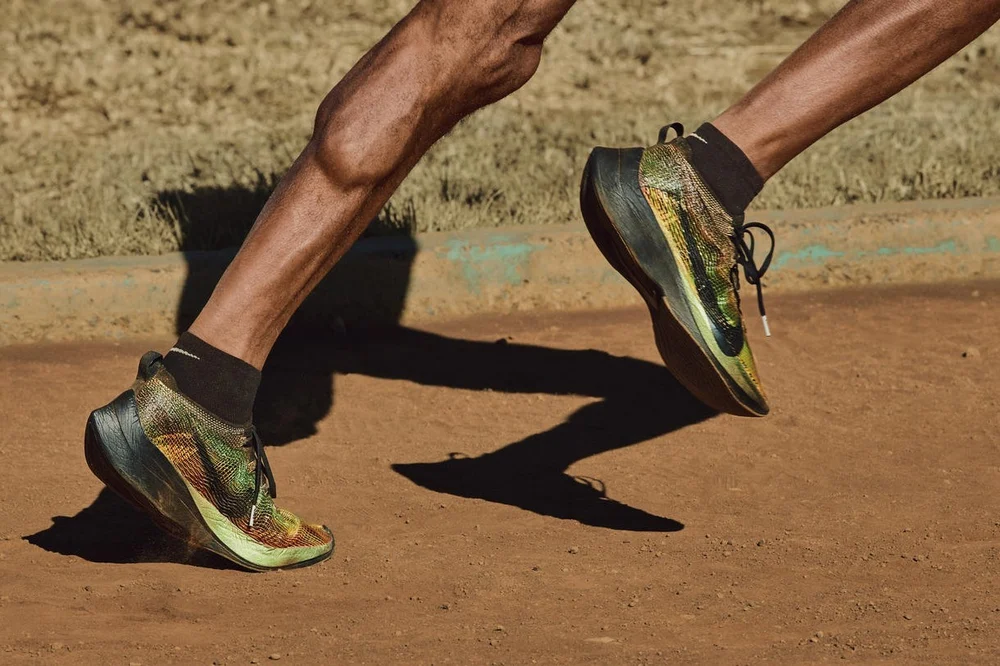
Teaming up with Carbon, a company specializes resin 3D printing, Adidas recently developed the first mass-produced 3D printed midsole.
With the goal of providing maximum running comfort, Adidas decided 3D printing was the only way of making the complex shape they were looking for in their Futurecraft 4D shoes.
Using traditional manufacturing techniques, the 4D midsole would be extremely hard, if not impossible, to produce. With Carbon’s 3D printing technology, Adidas can easily accomplish the desired structure, which features a complex lattice.
Last year Adidas pioneered the midsole, implementing it into shoes like the Daniel Arsham x Adidas.
Through additive manufacturing, Adidas is striving for mass customization with the concept of offering customers the ability to personalize their shoes.
Footwear Example #2: Ganit Goldstein — Old Meets New
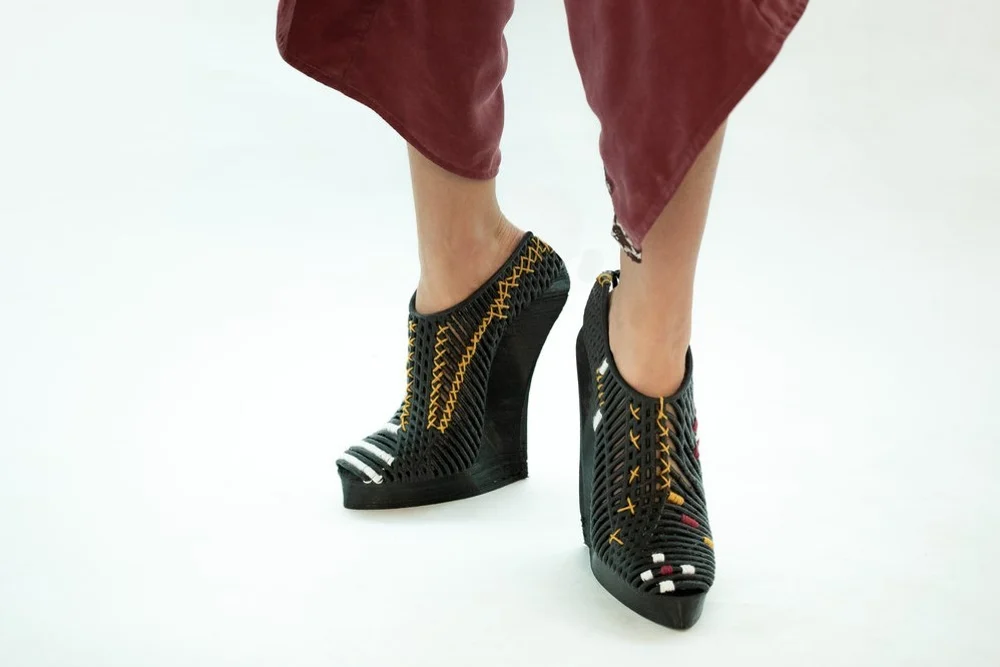
With the help of Stratasys, designer Ganit Goldstein produced a 3D printed woven shoe. The piece is part of the project Between the Layers, which consists of numerous 3D printed shoes and garments.
The shoe was created using a Stratasys Connex3 3D printer, which has the ability to print multiple colors and materials. Alongside 3D printing, Goldstein made use of ikat, an Eastern technique for dying woven fabrics.
The shoes were showcased on December 17th in San Francisco during the Arts of Fashion Competition 2018.
Final Thoughts
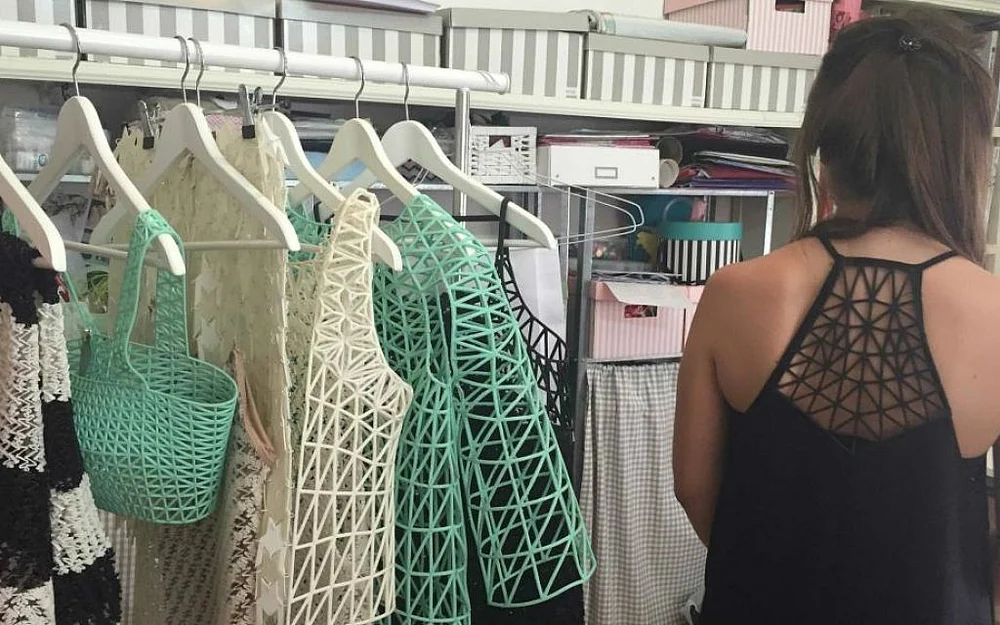
Although 3D printed fashion still is a thing of luxury, the above-described projects suggest that the technology has great potential to expand into the realms of mass-production and customization.
Some companies are already offering 3D printed products through online shops and configurators, opening the door to many more possibilities in the future. And with new innovative techniques, such as the multiple mesh system,designers are learning to overcome the material rigidity inherent to 3D printing.
We watch eagerly as the 3D printed fashion industry continues to develop and grow. The day may soon come when our local clothing stores are selling 3D printed products!